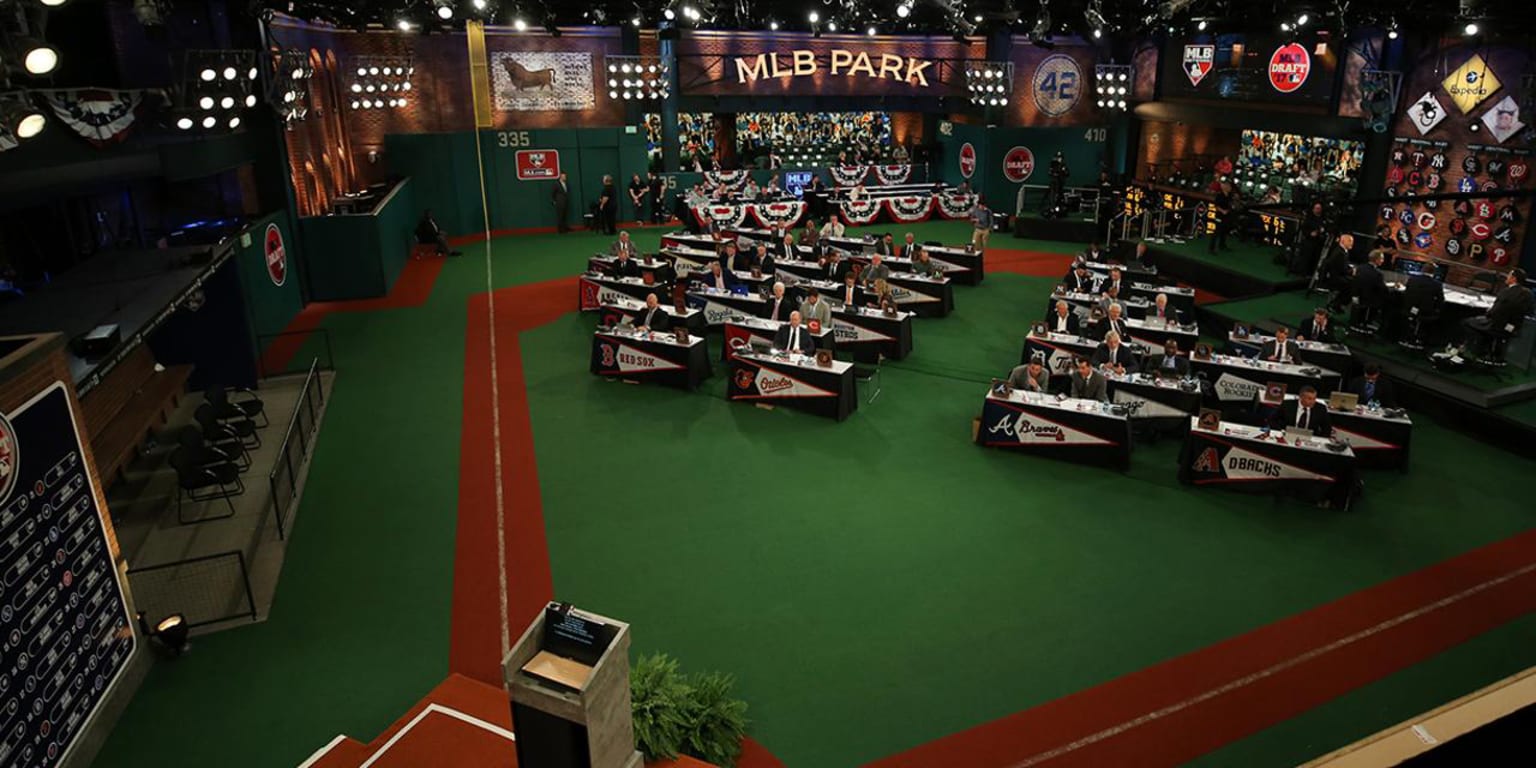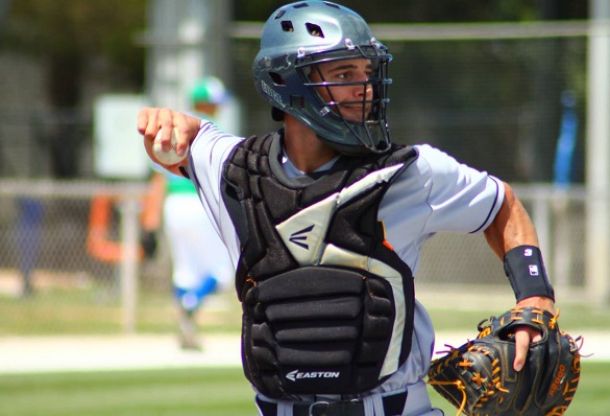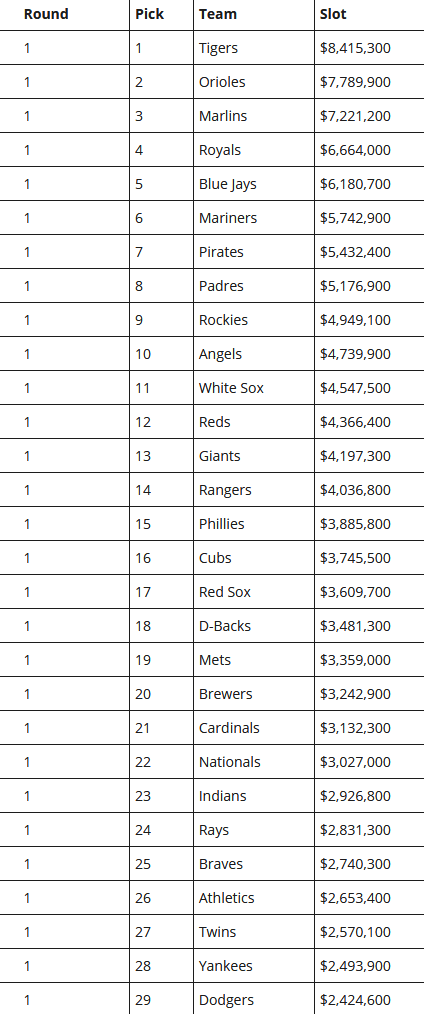2019 Mlb Draft Slot Bonuses
- All 100 of those losses in 2018 netted the White Sox the third pick in the 2019 draft, which should net the team another premium prospect. Pool amounts and slot bonuses from Jim Callis on MLB.
- The team still has 2-3 (sources differ) draftees to sign, with high schoolers T.J. Schofield-Sam (12.374) and Jorge Romero (18.554) likely requiring over-slot bonuses to close the deal.
- 2019 MLB Draft signing bonus demographic info, including the top 34 signing bonuses and position-by-position breakdowns.


With seven total picks on Day 1 and eight of the first 100 selections, the D-backs will have $16,093,700 to spend during the 2019 draft, just over $2 million more than the Orioles, who have the. Major League Baseball has released the bonus pools for each team for the 2019-20 international market, as Baseball America’s Ben Badler provides.There are no longer any carryover spending.
© Steve Sypa Matthew Allan
In the years leading up to the 2019 MLB Draft, the Mets’ strategy has been underwhelming, to say the least. Generally speaking, the Mets have approached the draft fairly conservatively, simply drafting who they identified as the best players available and following conventions. What has made this strategy problematic is that, for whatever reason, the Mets have failed to properly identify the best talents available. While their record in the first round or two has generally been no better or worse than any other team, their lack of success on day two has resulted in a farm system that is lacking upper-level depth due to a lack of development and a high attrition rate.
In 2019, the Mets employed a bold, new strategy that dropped all pretenses.
Brett Baty and Joshua Wolf, the Mets’ first and second selections, were your standard “best player available” picks. One can nitpick, citing players that were selected in the next few picks that might be marginally better than either, but there were no players that were slam dunk improvements over Baty or Wolf. The 2019 draft took a radical turn when day two began.
2019 Mlb Draft Slot Bonuses Win
For a variety of reasons, Matthew Allan- considered one of the top high school pitchers in the 2019 draft class- remained available when it came for the Mets’ turn at the podium in the third round. Stunning the baseball world, the team selected the right-hander with their third-round selection. With a slot value of $667,900 and a level of talent that would clearly need a lot more than that to sign with the team, the Mets would have to go with money-saving picks for the next seven rounds. And so they did.
In the fourth round, they selected Jake Mangum, a center fielder from Mississippi State. The assigned slot value for the pick was $487,900 and Mangum signed for $20,000, saving the Mets $467,900. In the fifth round, they selected Nathan Jones, a right-handed pitcher from Northwestern State University of Louisiana. The assigned slot value for the pick was $364,400 and Jones signed for $10,000, saving the Mets $354,400. In the sixth round, they selected Zach Ashford, an outfielder out of California State University Fresno. The assigned slot value for the pick was $277,100 and Ashford signed for $10,000, saving the Mets $267,100. In the seventh round, they selected Luke Ritter, a second baseman out of Wichita State. The assigned slot value for the pick was $216,600 and Ritter signed for $10,000, saving the Mets $206,600. In the eighth round, they selected Conner Wollersheim, a left-handed pitcher out of Kent State University. The assigned slot value for the pick was $174,000 and Wollersheim signed for $1,000, saving the Mets $173,000. In the ninth round, they selected Joe Genord, a first baseman out of the University of South Florida. The assigned slot value for the pick was $154,600 and Genord signed for $10,000, saving the Mets $144,600. In the tenth round, they selected Scott Ota, an outfielder out of the University of Illinois at Chicago. The assigned slot value of the pick was $145,300 and Ota signed for $1,000, saving the Mets $144,300. All in all, the team was able to save a total of $1,757,900 from these senior signings. In addition, first-round pick Brett Baty signed for $3.9 million, $470,000 below the assigned slot value of $4.37 million.
Despite saving just over $2 million dollars, the Mets still had a very thin margin of error in order to sign Allan, and an additional layer of drama and intrigue developed when Joshua Wolf signed with the team for $2.15 million, roughly $780,000 over the assigned slot value of $1.37 million. While the Mets certainly did their due diligence and had spoken to Allan’s representatives regarding what it would take for him to sign with them, the situation was fluid until all parties signed on the dotted line. With so many moving pieces and so many parties involved, one wrong move could have ruined the entire draft and turned what could have been a bold move into a major bust.
In the end, the Mets were able to sign Allan. The right-hander signed for $2.5 million, roughly 1.8 million dollars over the assigned slot value. The team used all the funds they had saved and then some, staying within the 0-5% margin in which teams are only taxed for exceeding their draft pool bonus rather than penalized by losing future selections.
While one can say that, in effect, the 2019 MLB Draft is no different than prior drafts in the sense that virtually all of the day two selections are unlikely to develop into major league players and that the trend of high attrition in the upper levels of the minors will continue, the Mets were able to sign one additional bona fide impact talent as compared to years past thanks to their novel approach.
© Steve Sypa Matthew AllanIn the years leading up to the 2019 MLB Draft, the Mets’ strategy has been underwhelming, to say the least. Generally speaking, the Mets have approached the draft fairly conservatively, simply drafting who they identified as the best players available and following conventions. What has made this strategy problematic is that, for whatever reason, the Mets have failed to properly identify the best talents available. While their record in the first round or two has generally been no better or worse than any other team, their lack of success on day two has resulted in a farm system that is lacking upper-level depth due to a lack of development and a high attrition rate.
2019 Mlb Draft Slot Bonuses Cheat
In 2019, the Mets employed a bold, new strategy that dropped all pretenses.
Brett Baty and Joshua Wolf, the Mets’ first and second selections, were your standard “best player available” picks. One can nitpick, citing players that were selected in the next few picks that might be marginally better than either, but there were no players that were slam dunk improvements over Baty or Wolf. The 2019 draft took a radical turn when day two began.
For a variety of reasons, Matthew Allan- considered one of the top high school pitchers in the 2019 draft class- remained available when it came for the Mets’ turn at the podium in the third round. Stunning the baseball world, the team selected the right-hander with their third-round selection. With a slot value of $667,900 and a level of talent that would clearly need a lot more than that to sign with the team, the Mets would have to go with money-saving picks for the next seven rounds. And so they did.
In the fourth round, they selected Jake Mangum, a center fielder from Mississippi State. The assigned slot value for the pick was $487,900 and Mangum signed for $20,000, saving the Mets $467,900. In the fifth round, they selected Nathan Jones, a right-handed pitcher from Northwestern State University of Louisiana. The assigned slot value for the pick was $364,400 and Jones signed for $10,000, saving the Mets $354,400. In the sixth round, they selected Zach Ashford, an outfielder out of California State University Fresno. The assigned slot value for the pick was $277,100 and Ashford signed for $10,000, saving the Mets $267,100. In the seventh round, they selected Luke Ritter, a second baseman out of Wichita State. The assigned slot value for the pick was $216,600 and Ritter signed for $10,000, saving the Mets $206,600. In the eighth round, they selected Conner Wollersheim, a left-handed pitcher out of Kent State University. The assigned slot value for the pick was $174,000 and Wollersheim signed for $1,000, saving the Mets $173,000. In the ninth round, they selected Joe Genord, a first baseman out of the University of South Florida. The assigned slot value for the pick was $154,600 and Genord signed for $10,000, saving the Mets $144,600. In the tenth round, they selected Scott Ota, an outfielder out of the University of Illinois at Chicago. The assigned slot value of the pick was $145,300 and Ota signed for $1,000, saving the Mets $144,300. All in all, the team was able to save a total of $1,757,900 from these senior signings. In addition, first-round pick Brett Baty signed for $3.9 million, $470,000 below the assigned slot value of $4.37 million.
Despite saving just over $2 million dollars, the Mets still had a very thin margin of error in order to sign Allan, and an additional layer of drama and intrigue developed when Joshua Wolf signed with the team for $2.15 million, roughly $780,000 over the assigned slot value of $1.37 million. While the Mets certainly did their due diligence and had spoken to Allan’s representatives regarding what it would take for him to sign with them, the situation was fluid until all parties signed on the dotted line. With so many moving pieces and so many parties involved, one wrong move could have ruined the entire draft and turned what could have been a bold move into a major bust.
In the end, the Mets were able to sign Allan. The right-hander signed for $2.5 million, roughly 1.8 million dollars over the assigned slot value. The team used all the funds they had saved and then some, staying within the 0-5% margin in which teams are only taxed for exceeding their draft pool bonus rather than penalized by losing future selections.
While one can say that, in effect, the 2019 MLB Draft is no different than prior drafts in the sense that virtually all of the day two selections are unlikely to develop into major league players and that the trend of high attrition in the upper levels of the minors will continue, the Mets were able to sign one additional bona fide impact talent as compared to years past thanks to their novel approach.